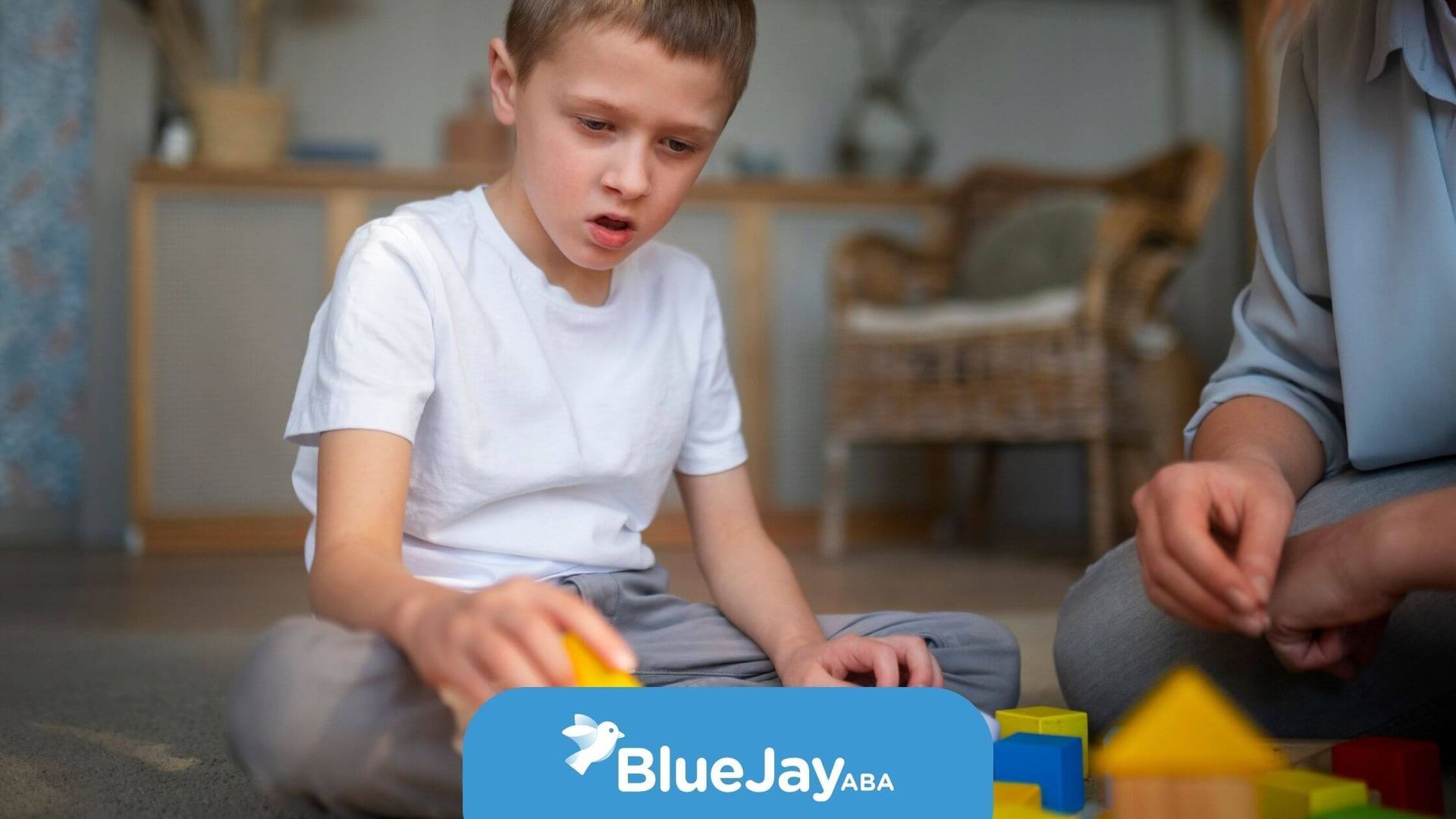Types of Autism Therapies: Finding What Works Best for Your Child
When your child receives an autism diagnosis, it’s easy to feel both hopeful and overwhelmed. You’ll quickly discover there are many types of therapies available—each promising to help in different ways. But how do you know which one is right for your child?
A few years ago, I worked with a young girl who loved music but rarely spoke. We started with ABA sessions that included songs she enjoyed, then gradually added speech therapy.
Slowly, her music became her language, and soon after, her first words followed. That experience reminded me that therapy works best when it fits the child—not the other way around.
Let’s take a closer look at some of the most common types of autism therapies, what makes each unique, and how they can work together to help your child thrive.
Understanding Autism Therapies
Autism therapy is really an umbrella term for many different approaches. Some therapies focus on behavior and skill-building, while others target communication, sensory processing, or social relationships. The key is to find therapies that complement each other and fit your child’s personality and learning style.
You might start with Applied Behavior Analysis (ABA)—the most researched and widely used approach—and then build on that foundation with speech therapy, occupational therapy, social skills groups, or even play-based therapies. The combination depends on your child’s age, needs, and goals.
Applied Behavior Analysis (ABA Therapy)
ABA therapy is often described as the gold standard in autism intervention—and for good reason. It’s evidence-based, data-driven, and highly individualized.
At its core, ABA focuses on understanding why behaviors happen and using positive reinforcement to teach meaningful skills. Those skills can be anything from asking for help, to playing with a peer, to following routines independently.
I always tell families that ABA isn’t about “correcting” a child—it’s about empowering them. It gives us tools to teach in ways that make sense to each child, at their own pace, and with plenty of encouragement along the way.
Before starting therapy, we conduct a detailed ABA assessment to understand your child’s strengths and areas for growth. From there, we create an individualized plan that may include goals in:
- Communication: Asking for items, expressing needs, or using alternative communication systems.
- Social skills: Sharing, taking turns, or engaging in group play.
- Daily living skills: Dressing, eating, or brushing teeth independently.
- Behavior regulation: Managing frustration, transitions, or sensory challenges.
ABA therapy can take place in different settings—your home, your child’s school, or through telehealth sessions. Consistency across environments is key to long-term success.
Speech and Language Therapy
Language and communication are often areas where children with autism need extra support. That’s where speech therapy comes in.
A speech-language pathologist (SLP) helps children develop verbal, nonverbal, and social communication skills. For some kids, that means learning to form words and sentences. For others, it might mean using Augmentative and Alternative Communication (AAC) tools, like a picture exchange system or a communication device.
Speech therapy is about much more than just talking. It often targets:
- Building vocabulary and understanding language
- Improving articulation and pronunciation
- Practicing turn-taking and conversational skills
- Learning to use gestures or visual supports
- Understanding tone, facial expressions, and emotions
Speech therapy works best when it’s paired with ABA—so that communication skills are reinforced throughout the child’s day, not just during sessions.
Occupational Therapy (OT)
Many children with autism struggle with sensory sensitivities or fine motor challenges. Occupational therapy helps them participate more comfortably in everyday activities—whether that’s holding a pencil, tying shoes, or sitting at the dinner table.
An occupational therapist might work on:
- Fine motor skills: Cutting, coloring, writing, or buttoning clothes.
- Sensory regulation: Helping a child cope with noise, textures, or movement.
- Self-care skills: Feeding, toileting, or dressing independently.
- Coordination and balance: Improving body awareness through play.
One of the things I love about OT is that it’s so hands-on. Kids are often climbing, swinging, or exploring tactile materials—all while learning valuable skills.
Social Skills Training
Social situations can be confusing for many children on the spectrum. Social skills training gives them the chance to practice communication and interaction in a supportive setting.
Therapists often use small group sessions, games, or role-play to teach:
- Starting and maintaining conversations
- Understanding facial expressions and emotions
- Taking turns or sharing
- Managing frustration in social settings
Social skills therapy builds the foundation for meaningful relationships—and when paired with ABA or speech therapy, it helps children apply what they’ve learned in real-life settings.
Play Therapy
Play therapy might sound simple, but it’s one of the most powerful ways to help children with autism connect and communicate. Through play, children can explore emotions, practice problem-solving, and build flexibility.
In sessions, I often follow the child’s lead—joining their play rather than directing it. This creates a sense of trust and opens the door for teaching new skills naturally. Whether it’s stacking blocks, pretending to cook, or building a train track together, every interaction becomes a learning opportunity.
Physical Therapy (PT)
Some children with autism have differences in coordination, muscle tone, or balance. Physical therapy helps strengthen their motor skills so they can move confidently through their environment.
A physical therapist might work on:
- Improving balance and posture
- Strengthening large muscle groups
- Enhancing coordination and endurance
- Encouraging participation in physical play or sports
PT not only improves movement—it can also boost confidence and support social development by helping children join in group activities more easily.
Combining Autism Therapies for the Best Results
In my experience, children make the most progress when their therapies are coordinated and consistent. That’s why collaboration is so important.
When ABA therapists, speech pathologists, occupational therapists, and teachers work together, they can align goals and strategies—so the child gets the same message and support across all settings. This kind of teamwork makes generalization (using skills in real life) so much easier.
At Blue Jay ABA, we take a collaborative, family-centered approach to therapy. Every child begins with a thorough ABA assessment to identify strengths, challenges, and goals. From there, we design an individualized treatment plan that may include home-based ABA, school-based ABA, or telehealth ABA therapy.
We also offer ABA parent training, where we teach families the same strategies we use in therapy. That way, parents feel confident supporting progress at home and in the community.
No matter the setting, our goal is the same: to help your child build lasting skills, independence, and confidence through compassion and evidence-based care.
FAQs
What therapy is most effective for autism?
Applied Behavior Analysis (ABA) is one of the most researched and evidence-based therapies for autism. It focuses on improving communication, social, and daily living skills through positive reinforcement.
Can a child with autism benefit from more than one type of therapy?
Yes! Most children thrive when therapies like ABA, speech, and occupational therapy are combined. A collaborative, team-based approach ensures consistent progress across all areas of development.
How do I know which therapy is right for my child?
It depends on your child’s individual needs and goals. A professional ABA assessment can help identify strengths, challenges, and the best combination of therapies for your child.
Sources:
- https://www.cdc.gov/autism/treatment/index.html
- https://www.nichd.nih.gov/health/topics/autism/conditioninfo/treatments
- https://my.clevelandclinic.org/health/articles/autism-therapies
- https://www.autismspeaks.org/autism-therapies
- https://www.kennedykrieger.org/stories/interactive-autism-network-ian/therapies_treatments
- https://www.webmd.com/brain/autism/understanding-autism-treatment
Related Posts






